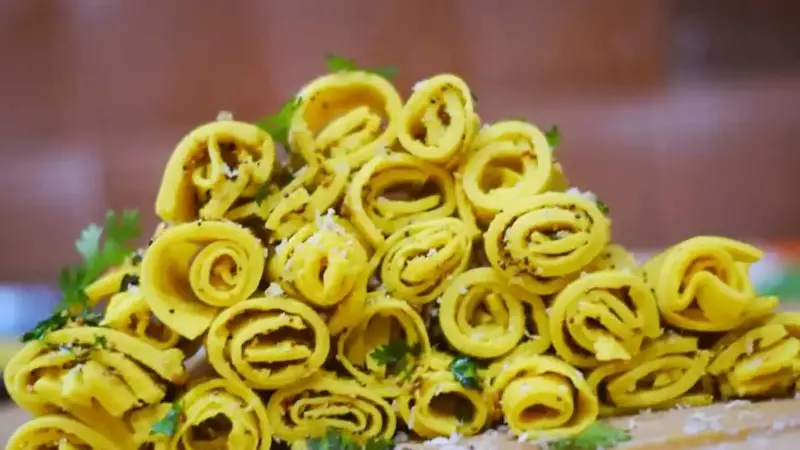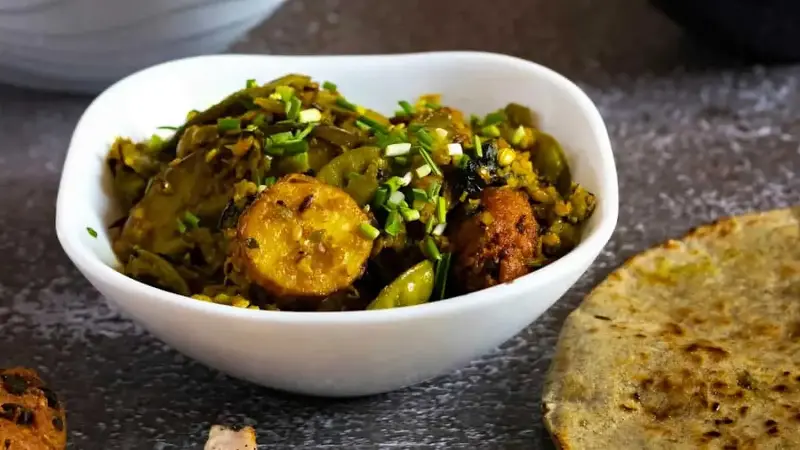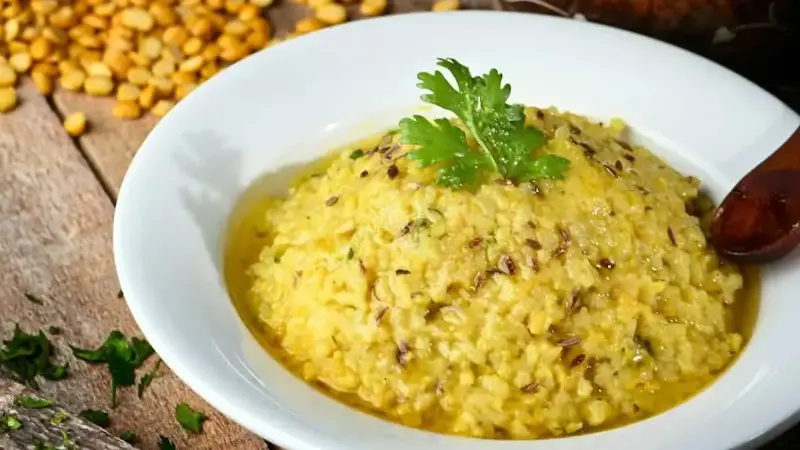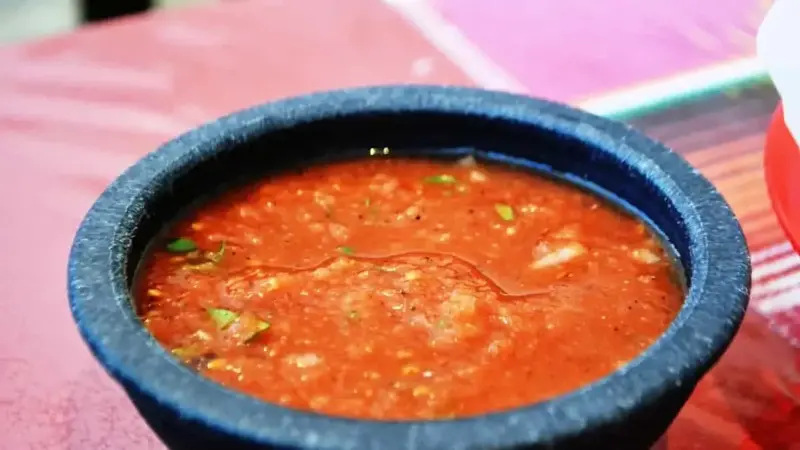
Introduction
Gujarati cooking is full of character, it’s balanced, mostly simple, and often made with ingredients that are already in the house. That said, many of these recipes were created in kitchens that ran on gas stoves or even wood fires. Today, more and more households are switching to induction cooktops. They’re clean, quick, and honestly easier to manage if you’re short on space or time. The good news is, with just a few small changes, many traditional dishes can be made using induction without compromising on taste. In fact, for some recipes, the even heat actually makes things a bit simpler.
1. Khandvi
Khandvi needs you to act fast once the batter thickens, but getting to that point can be easier on induction. Mix gram flour with buttermilk, turmeric, salt, and a pinch of hing. Use the lowest heat setting, around 500 to 700 watts, and keep stirring without stopping. The batter thickens gently, and you don’t have to worry about sudden burns. Spread the cooked mixture thinly on steel plates, let it cool, then roll it into tight spirals. Add a light tempering of mustard seeds and curry leaves, and garnish with coconut if you have it.
If you don’t have Usha’s Induction Cooktop, Shop Now  .
.
2. Undhiyu

Undhiyu has a reputation for being complex, but it can be managed more easily with the steady heat of induction. Start by layering brinjal, surti papdi, sweet potatoes, ripe banana slices, and methi muthiyas in a deep, induction-friendly pan. Prepare a masala paste using coriander, coconut, green chillies, garlic, sesame seeds, and a bit of sugar. Spread this generously over the vegetables. Add very little water, cover the pot, and cook on a low setting for about 30–40 minutes. Instead of stirring, lift the pot and tilt it gently to move things around without breaking the pieces.
3. Thepla

Thepla is one of those things that just works on induction, especially once you find the right tawa. Make your dough with whole wheat flour, chopped methi, curd, turmeric, red chilli powder, jeera, and a little jaggery. Roll theplas out thin and cook them on medium heat. The induction gives you even browning, so you don’t get one side burnt while the other stays raw. Once you get a rhythm going, you can make a good stack pretty quickly. Add ghee or oil as you like, they stay soft longer that way.
Also Read: Induction vs Gas Stove: Which One Should You Choose For Your Kitchen
4. Khichdi

For days when cooking feels like too much, moong dal khichdi is the answer. Use a pressure cooker that works on induction. Start with a simple tadka of ghee, jeera, and hing. Then add rinsed rice and moong dal in equal parts, salt, turmeric, and enough water, about twice the amount. Cook on medium heat till you get two whistles. Let the pressure release on its own. You can leave it just like that or top it with more ghee, papad, or a side of kadhi if you’re feeling a bit more energetic.
5. Sev Tameta Nu Shaak
This tomato-based curry is quick, but you have to keep an eye on the tomatoes. On induction, that’s easier because the heat isn’t jumping around. Heat oil, add mustard seeds, jeera, hing, and a few curry leaves. Toss in chopped tomatoes with red chilli powder, haldi, salt, and jaggery. Let it cook till soft but not totally mashed. Add a little water if it looks dry. Once the curry looks saucy, turn off the heat and stir in sev, not too much or it’ll get soggy. Best eaten right away with phulkas.
Check out Usha’s range of kitchen appliances here.

